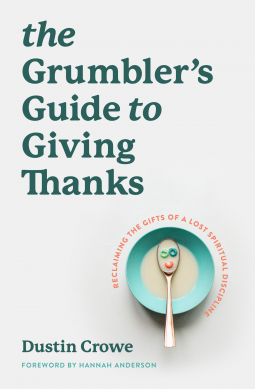AUTHOR: Dr. Josh and Christi Straub
PUBLISHER: Nashville, TN: B&H Publishing Group, 2020, (128 pages).
The Advent is the season of roughly four weeks prior to Christmas Day. Depending on the year, this season ranges between 22 to 28 days. The authors of this book use 25 days to average out the typical Advent season. Simply put, this book is about a story of a Bible character for each day of the Advent. Thus, there are 25 stories for each Advent day, leading up to Christmas. Children loved stories and adults never get bored listening to stories that are told over and over again. There are stories of prophets like Isaiah and Zechariah. There are stories of New Testament characters such as Simeon, Elizabeth, Simeon, Joseph, and Mary. There are also days in which stories are told about the angel Gabriel, Bethlehem, the Manger, the Star, Egypt, Gold, Frankincense, Myrrh, and Nazareth. Each day begins with a statement of a character trait of the person, place, or element of concern. It ends with a life lesson as a result of the story told that day. This life lesson is also accompanied by a section called "Family Activity." This is for families to have their family time. The authors' intent is for parents or guardians to use this book as a way to introduce the meaning of Advent and Christmas to the young child. Through stories, the child gets to learn the relevance of the Bible narrative leading up to the birth of Christ. Christmas is a lot more than just singing about Mary's Boy Child or a Happy Birthday song to Jesus. There are many elements of faith that adults can teach the kids. The Bible is quite economical with details of Jesus' birth. This book fills in gaps in order to make the story more cogent and free-flowing.
Joshua Straub, Ph.D. is a husband, dad, and recovering human. By trade, Josh is a speaker, author, and family and leadership coach.
Christi Straub is most famous as a wife and momma to two feisty kiddos. On stage, Christi is a speaker, author, marriage and wellness coach, and a podcast and TV cohost.
conrade
This book has been provided courtesy of B&H Publishing Group and NetGalley without requiring a positive review. All opinions offered above are mine unless otherwise stated or implied.
























